Foresters Financial™ has always been there to help everyday families live well and do more of the good they want to do. Explore our history and see how every volunteer event, member benefit and milestone led us to today and memories that will last a lifetime.
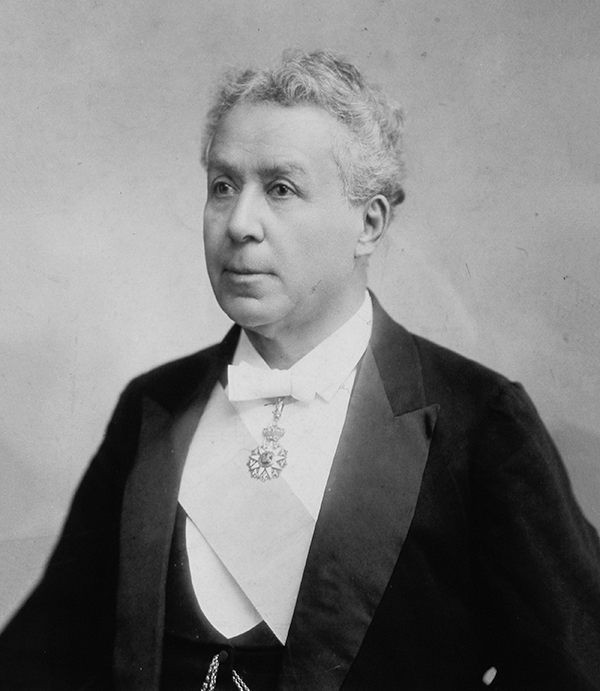



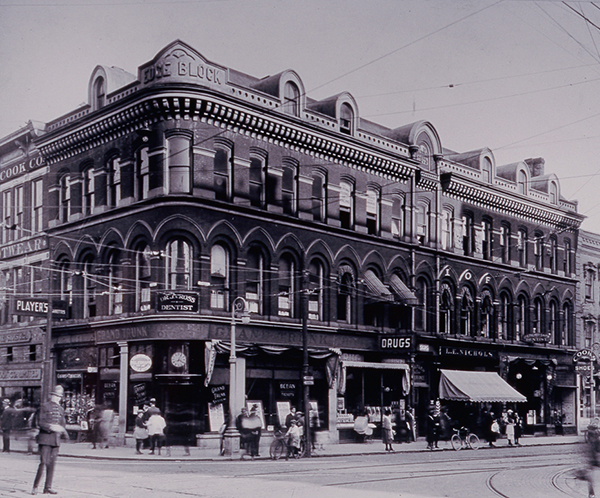
Dr. Oronhyatekha (O-ron-ya-teh-ka) was the first Oxford-educated First Nations person and Canada’s second First Nations Doctor of Medicine. He joined Foresters in 1878 and became our Supreme Chief Ranger (now known as International Fraternal President) in 1879. Under him, the IOF grew to an organization with over 250,000 members and an insurance fund of over $10 million.


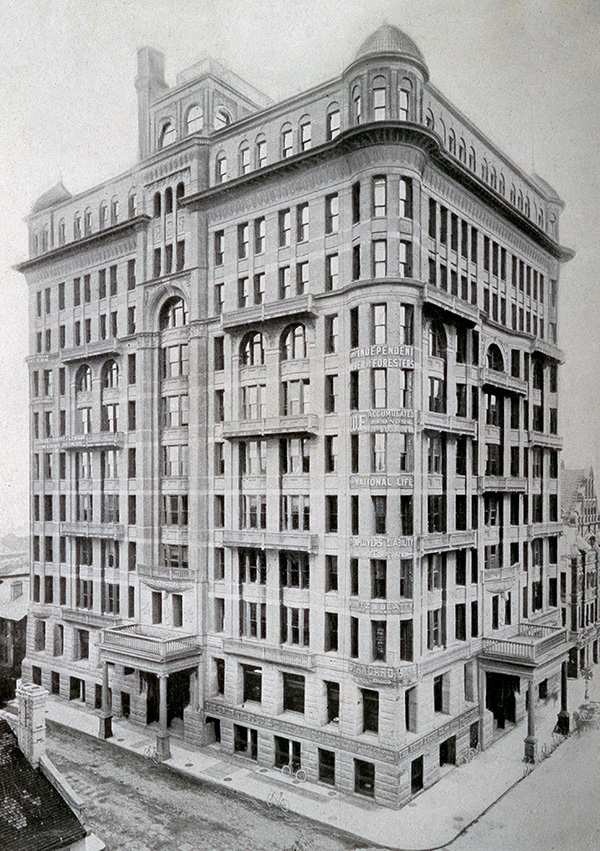
The historic 1906 San Francisco earthquake that reached a 7.9 magnitude was one of the earliest instances of Dr. Oronhyatekha and Foresters providing large-scale emergency relief to members. This natural disaster was the precursor that led to the creation of the first two Foresters member benefits – a home for orphans and the tuberculosis clinic benefit.1
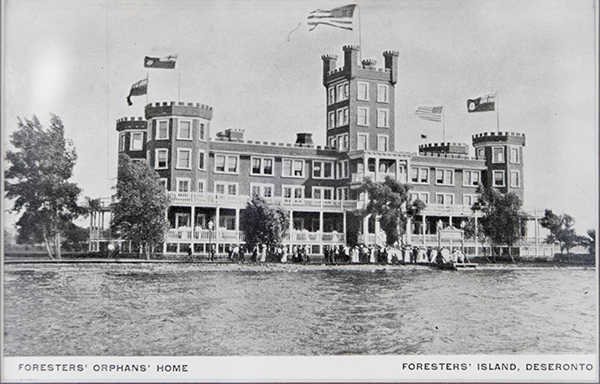
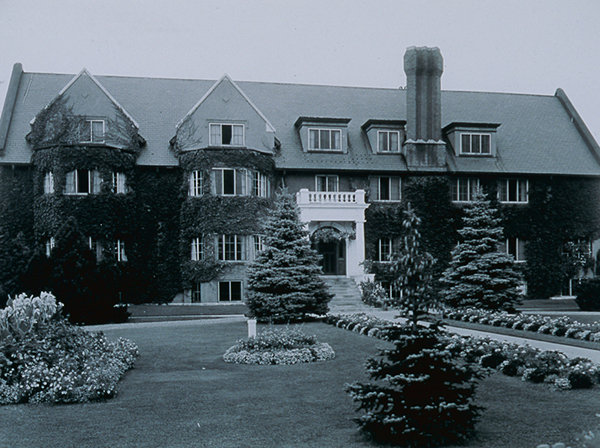
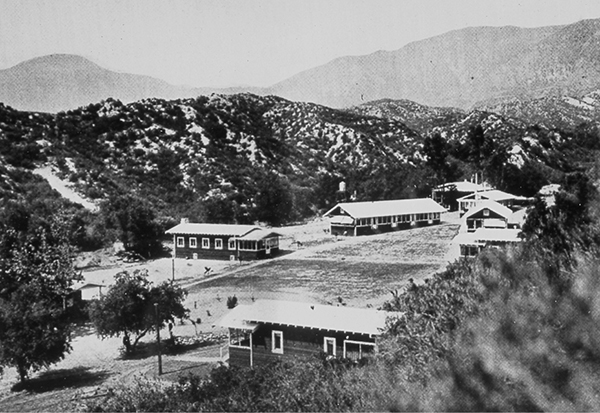
During the Great War, the Great Depression and World War II, Foresters, like the rest of the world, encountered strains unlike anything before. In the face of wars and economic uncertainty, Foresters would introduce competitive life insurance products, expanded benefits and organizational changes that would carry on into the future.

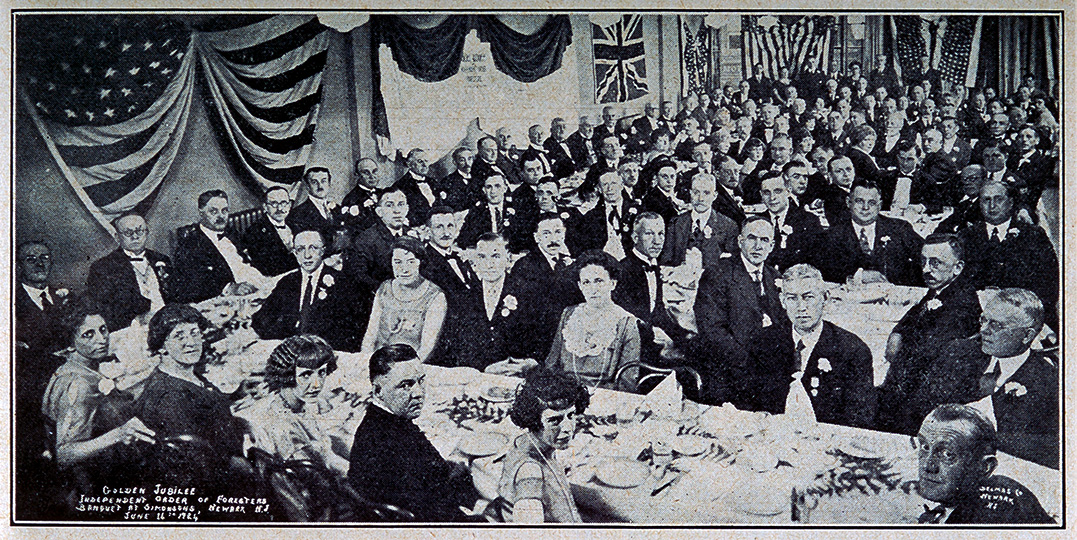
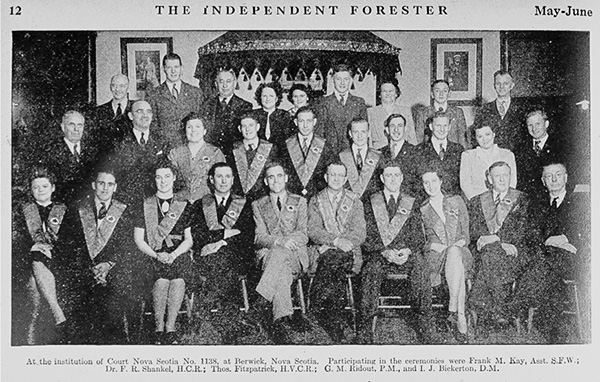
The end of the 1940s brought on a wave of global give-back efforts for the IOF. It all started in 1948 with the Toronto High Courts fundraising food boxes to support English families during Easter. As the decades went on, the IOF turned its efforts to large-scale support for charities, retirement communities and global campaigns during the Vietnam War.

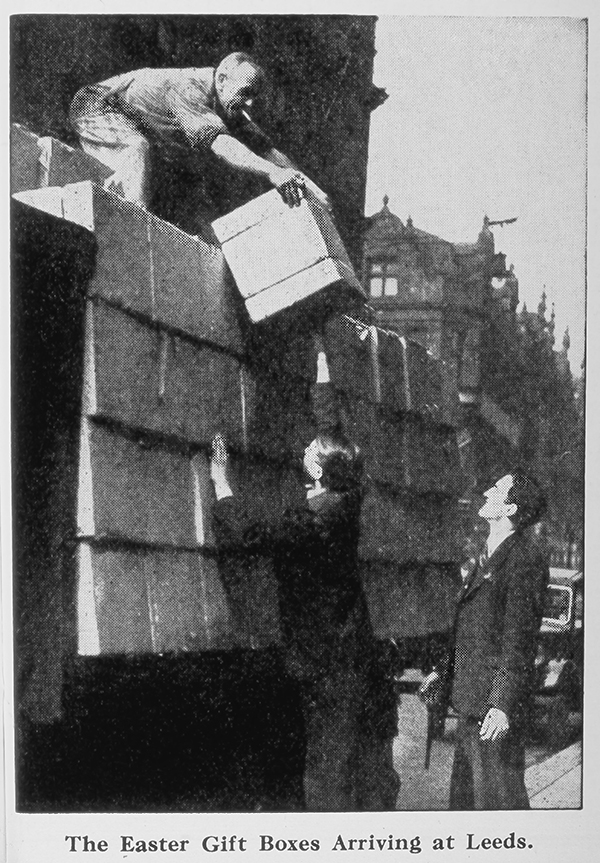
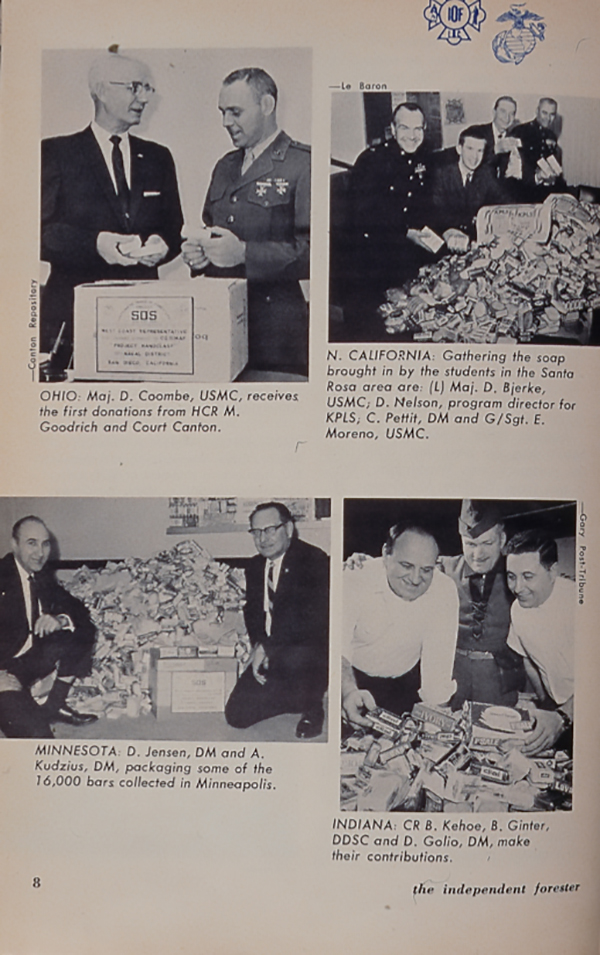
As the post-war boom years ended, Foresters global charity work continued to grow. In 1972, B.C. Hallum was elected as our new Supreme Chief Ranger. Together with his wife Florence, they rallied members over causes like the prevention of child abuse and the expansion of old-age support homes across Canada, the US and the UK.

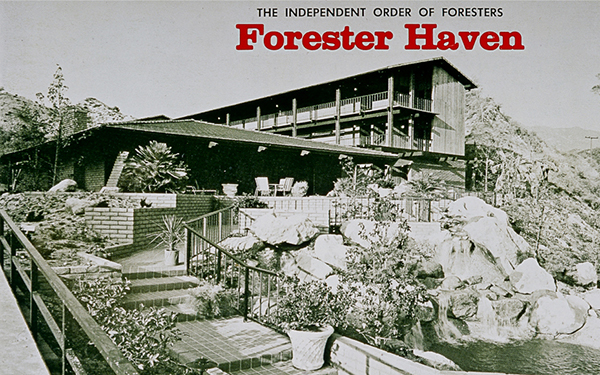
Nearing the end of the 1980s, our members remained as active as ever. Through global and more local causes, the spirit of giving back grew with amazing causes like the Romanian convoy and the Bowling for Miracles campaign. Our team also supported the Hospital for Sick Kids from the mid-1990s to the early 2000s through radiothons that became a staple volunteer event for members and employees.
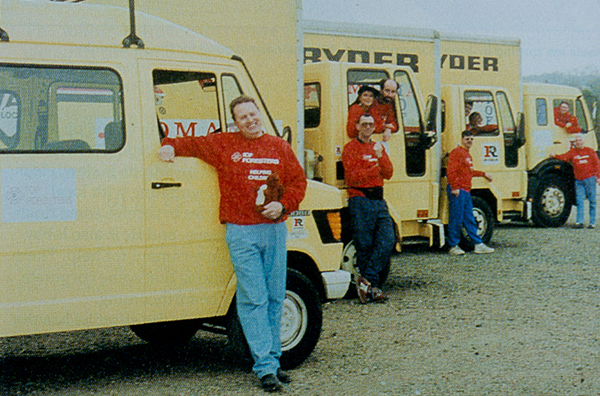

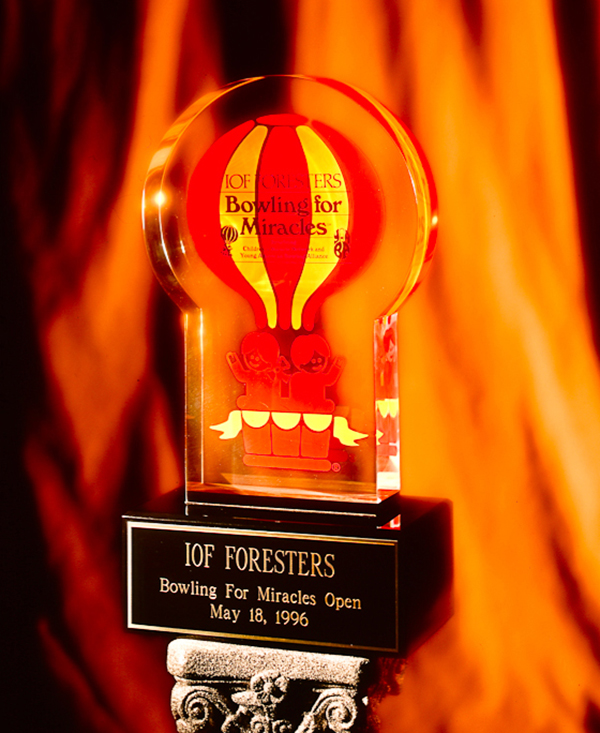
In the early 2000s and 2010s, the world was more connected than ever, and our members wanted a feeling of community. Through our Community grants, partnerships with organizations like KaBOOM! and our Growing a Better Future program, our members stayed connected over giving back. Since their inception in 2012, our members have used almost 25,000 grants consisting of over $45 million to live well and help their communities.2
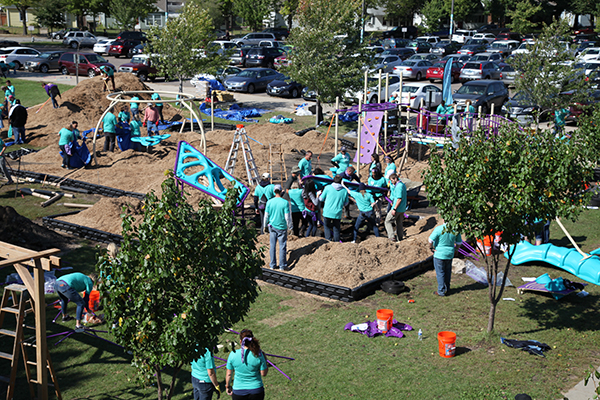

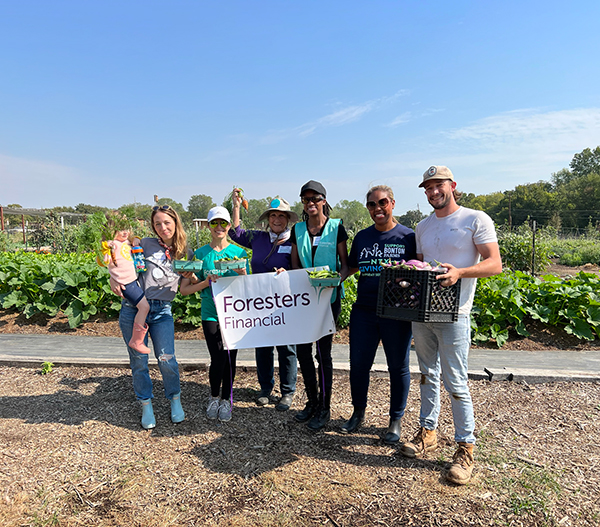

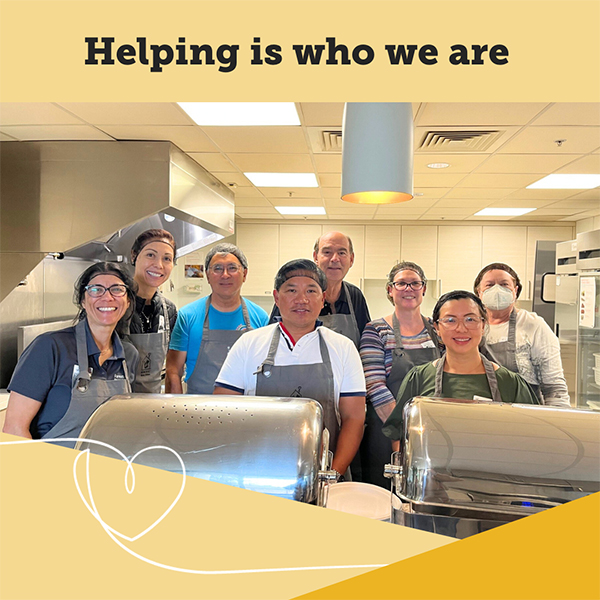
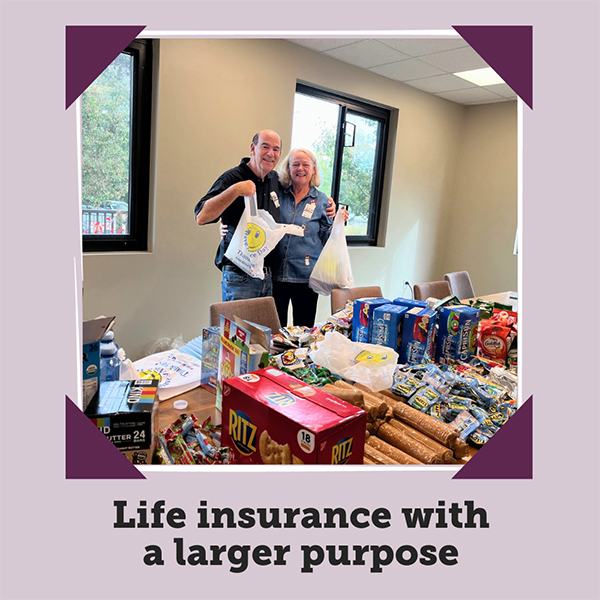

Default Decription
We’ve got a lot to celebrate!
Since 1874, Foresters has always been about creating a more caring future. Today, our members are still keeping that original vision going strong by always lending a hand and enriching communities across Canada, the US and the UK. This is 150 years of purpose at Foresters.
Stories about our 150-year legacy
Explore blog articles that highlight moments from our past, experiences from members, employees and more!-
Kicking off Foresters 150th anniversary celebrationsHear from our leaders
-
Our rich history of helping familiesRead our history
-
Enriching lives and building strong communitiesDiscover member benefits
-
We have 150 reasons to celebrate!Here’s why
-
Making Connections with the Growing a Better Future programGrow with us
The timeline above was based largely on the 1997 publication "Shaping Our Future Together" by the International Order of Foresters.
For more information on this book or other Foresters history, please contact brand@foresters.com.
All figures stated in Canadian dollars unless otherwise noted.
1. Member benefit no longer available. For a full list of current member benefits, visit https://www.foresters.com/member-benefits
2. Figures from 2012-2023 granting years from Canada, UK and US
3. Figures as of December 31, 2022




